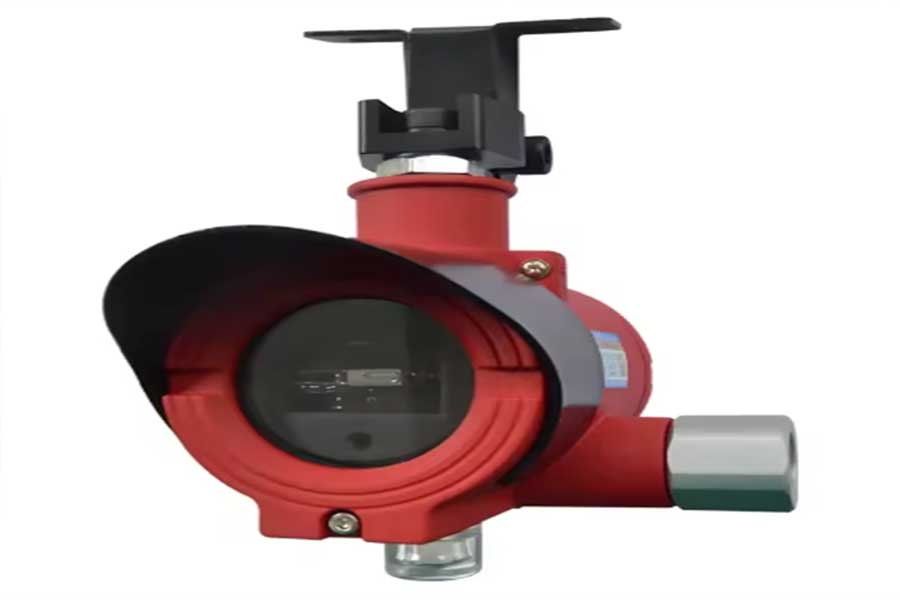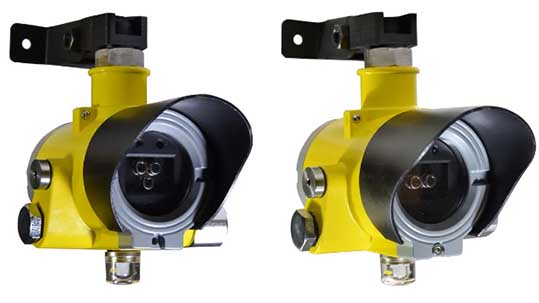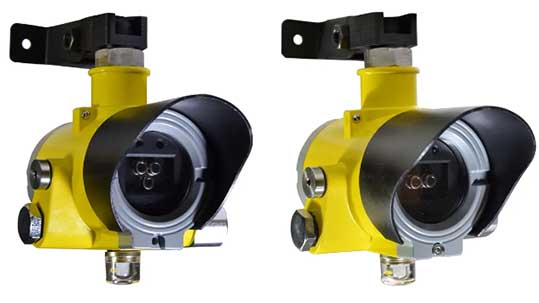
Exd Do’s and Don’ts
FFE make an Exd End to End Beam Smoke Detector, Fireray 3000 and Exd versions of the Talentum Flame Detector, IR2, IR3 and UV/IR2.
All Exd detectors are designed to be used in what are termed as ‘Hazardous Areas’ (Zone 1) and as such, must be installed as per the guidelines for such areas. Here is some additional information to be aware of when testing FFE Exd Flame Detectors and Beam Smoke Detectors.
Exd Flame Detectors.
While the Flame Detectors do not need to be ‘aligned’, it does need to be pointed at either the ‘Risk’, or if protecting an area, angled to give the best coverage. Because they are heavy, a suitable surface must be used to mount the Flame Detector. The fixings need to be tightened securely so the Flame Detector will not move.
To test the Flame Detector in an Exd area, you will need to use the ‘Self-Test’ function. To use the ‘Self-Test’, you need to wire pin 3 to the DC supply voltage and pin 4 to 0V (see the manuals on https://www.fire-ray.com/talentum). These cables can then go to a ‘Safe’ area outside the ‘Hazardous Area’ where a push button or key switch can be used to operate the test.

Exd Smoke Beam Detectors.
As with the Flame Detectors, the Exd Beam Transmitters (TX) and Receivers (RX) are heavy, so care must be taken to make sure both TX and RX are mounted to a solid surface which will not move. Failure to do so could lead to the Beam going out of alignment.
Only the TX and RX can be mounted in the ‘Hazardous Area’, the System Controller is mounted in the ‘Safe’ area.
Both the TX and RX are on movable brackets. Once the alignment is complete (get the highest alignment value possible), testing can be done in the ‘Hazardous Area’ by obscuring the Beam to cause a fire our fault.

